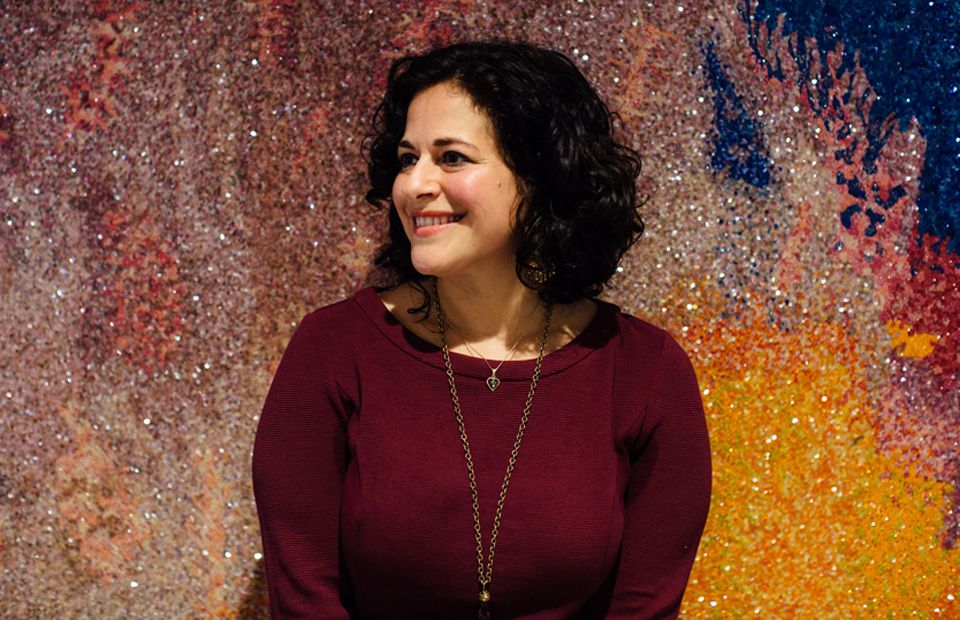Jennifer Gootman is truly a pioneer. Her career trajectory makes sense in retrospect, with the pieces of the puzzle coming together to land at her current role at West Elm as the Vice President of Social Consciousness & Innovation. But along the way, Gootman was in the pursuit of one thing: fulfillment.
Always mindful of her needs both personally and professionally, creating a career narrative that made sense to anyone else was never a priority. Instead, Gootman refused to be put in a box. She makes career transitions look easy—because of an unwavering confidence in her ability to do good work, as long as she's doing work for a company she believes in. A company that follows her ideals.
And it's that drive, that unique commitment to self, to morals, that pushed Gootman to do something (almost) unheard of. She pitched the creation of a role to her dream company. It was a little risky, and it took time, but it turns out, West Elm needed her. And Gootman was happy to take on the challenge. Gootman's career has crossed paths with the corporate and nonprofit worlds, and her roles have seamlessly intertwined her passion along with her skills.
I mean even when people ask me now, "Do you want to work corporate or nonprofit?" I feel like there's less of a difference in corporate form than in type and size of organization. Throughout my career, I’ve worked for small agile organizations—they were nonprofits, they were mission-oriented. I think sometimes the startup world may have more to do with a small nonprofit. And then, you can have large bureaucratic nonprofits that are more like corporations. Sometimes it's more about the style of business than the corporate form.
I've always been quite entrepreneurial. My first real job? I'd gone to visit a Cherokee reservation in North Carolina and was gifted a 2x4 with some nails in it. And that sparked my interest in jewelry making, and I expanded from there. I started ordering wholesale supplies from New York from catalogs, and made a line of jewelry to sell at craft fairs. I was running this little jewelry business from middle school on into high school, and I gave it up after I went to college. But I revisited it in the early 2000s.
And today, I still make jewelry. For true fulfillment [in my career,] I had to integrate that creative side of myself.
On Her Career Trajectory
In retrospect, my career path makes a lot of sense—but it wasn't necessarily kind of a linear or laid out path when it was happening. Right after college, I had the amazing opportunity to write for Let's Go travel guide, to explore the world and have that cultural immersion in other cultures—which I think served me well later in life [and] throughout my career. Now, I work on a very global team.
Then I stayed in Spain for two years. I immersed myself in another culture and then [went back to] New York. I'm really passionate about working in the arts, and always wanted to have a something that I ideologically believed in—so I started working for a nonprofit art gallery in Manhattan. I focused on communications and publication—how to pick our work for media, how to collaborate with writers and artists and publications for the gallery.
[But] I felt removed from the social justice issues that I care about. So I went to work for a nonprofit policy organization and think tank that focuses on economic development and workforce development. That really exposed me to the idea of how you can—with targeted programs—make investments that improve workers' lives, improve the economy, and really make a change.
On Her Decision to Transition to West Elm
I [was working at an] organization that works with groups of women artisans all over the world and helps them access external markets. I used every bit of my career and experience there. I would help design and develop products, manage the placements and ordering process with the artisan businesses, handle inventory management, customs importing, manage the website, etc. I got a feeling for every side of the business.
After about three years there, I realized that to grow my job, I had to grow the whole company. But what if you could make small incremental changes, you know, with a large company—imagine opportunity. Around that time, I had known the West Elm team for about a year because of our shared work in the artisan sector. So I pitched the job to my contacts there, and started the initial conversations around what it would be like to transition. I never thought, "I want to work in the corporate sector." It was more, "What's the company that's the right fit? And where is the opportunity to really have my ideals come to life?"
On Pitching Her Own Job Title
The position didn't exist. I was connected to my now boss, and said, "I'd love to work here, here are the skills that I bring." And he thought it was interesting, but said, "We have very specific departments, and your experience doesn't fit in any of those departments specifically."
They were just about to make their first public commitment to their 20 percent handcrafted goal—and I think they started to realize how tricky the world of nonprofit and government organizations can be to navigate, and [how hard it is] to make a public goal as a publicly traded company. So he called me back a few days later and said he asked, "What do you think of managing this and making sure that we meet our commitments to 20 percent handcrafted?" I said, "Yeah, that's my dream job."
I wrote the description the next day and sent it to him. It took about eight months for it to come to fruition, actually, which is an important part [to say] because it was this dream opportunity, but there was also a lot of risk for me. I had to turn down other offers, I had to wait. But I knew that it was the right opportunity for me.
On What a Vice President of Social Consciousness & Innovation Actually Does
In short, I think about my job as helping West Elm use purchasing power and supply chains to make a positive impact across the globe—and offering our customers opportunities to shop their values, as well, by really having these effective programs in our supply chain.
The purview of all of my work is West Elm's commitment to craft. From our global artisan partnerships across the globe—how we work with global artists groups and our local makers—to our work with fair trade. We were the first home retailer to join the fair trade factory program, and today we have 15 factories certified and 12,000 workers receiving premiums. And then sustainability—we have targets around responsibly sourced cotton, responsibly sourced wood. How are we thinking authentically about sustainability as a company that makes products?
Then I have some other Williams-Sonoma Inc. roles that you think really help support our larger work. I manage our global social compliance...our factory code of conduct and standards, and then how we monitor that across all of our factories. For that work, I manage a team in Asia.
On Her Favorite Part of Her Job
Working with people. I know that sounds broad. But [my favorite part of my job] is when I get to travel to factories, to artisan communities where we work—really being able to see how products are made and connect with the people making them.
I see it as my responsibility to bring transparency back to customers in the broader public. It's absolutely unbelievable how raw materials are harvested, and how products come to life. And if we can tell those stories better, consumers will assign the value to products that will justify the kind of changes in communities where they're produced that a lot of people want.
Fundamentally, it's about building businesses to thrive and create employment opportunities in the communities where they operate.
On Social Responsibility
Yeah, I don't love the term social responsibility. I think it's sometimes too absolute.
The truth is, having a more responsible supply chain or more responsible business is made up of lots of small actions. And one thing that I really love about my work is that nothing is black and white. It's all gray space. I think I have limited bandwidth. I'm just one person. But if I could choose anything for my legacy, it would be, "How do you impact other people to make small shifts in their lives?"
Now, five years into my job, I'm really proud that I have partners in our distribution centers and in stores and in other parts of the organization who are just as passionate about recyclability and landfill diversion is I am. It's going to take all parts of the organization to lift it to a higher place.
On Finding a Fulfilling Career
For me, you know, what works is to ask yourself what your passions are outside of work. What are you inclined to do? Even in your free time? And those [answers] may be key to find any more fulfilling paths. For example, my jewelry making—I knew that I loved to do that and I wanted to integrate something more creative into my career. I didn't decide to pursue jewelry full-time, but it was a clue to me that like I needed a career that was more creatively inclined. That's a perfect fit for someone like me.
Try to be attuned to your every day, and when you're happiest at work. It's really more about the little things than something grandiose, in the end. For me, I love my job. But there are times I have to shift my mindset or make an effort to prioritize things that I get a lot of fulfillment and energy out of, and it really energizes me to put effort into my work.
What's a typical day in the life look like for you?
6:15 am: The alarm goes off and if I’m feeling energetic, I wake up, put on exercise clothes and head to Prospect Park for a jog. If I’m still drowsy, I snooze until 6:45.
6:45 am: I put on a block print Indian robe and head to the kitchen to make a strong latte with the stovetop cafetera that I’ve used ever since I lived in Spain. I heat and froth the milk and then take my coffee into the living room to sip as I catch up on news and emails.
7:30 am: I hop in the shower and get dressed. I’m often found in a Fair Trade block print dress from my friends at Mata Traders. I spend a few minutes putting on jewelry and am ready to go.
8 am: I fry up two eggs for breakfast and pack my lunch, either making a salad from scratch or pulling together last night’s leftovers.
8:20 am: I head out the door, walk through the brownstones of Park Slope to catch the 2/3 train to Brooklyn Heights. By 8:45 am I am walking down to Dumbo and at my desk by 9 am.
9 am: I spend the first hour catching up on emails or preparing for the day to come, laying out priorities that must get done that day.
10 am: One of my team members will come in to discuss a project or idea—it may be the next season of product that we offer online, a conversation about Fair Trade reporting, or review and approve marketing content like September catalog that features our work with Fair Trade and craft.
10:30 am: Meet with sourcing and merchants around progress towards our 2021 goals of 100 percent responsibly sourced cotton—where are we making progress, where do we have to focus on transitioning more collections and vendors?
11 am: Have a call with one of our partner nonprofits Nest to discuss current projects with artisan vendors and what we can do to keep our programs on track and impactful.
12 pm: I’ll take break for lunch, catch up on emails that have come in for the day, and perhaps squeeze in a short walk outside for some fresh air.
12:45 pm: Travel to visit a vendor that sells cutting boards in our Dumbo store, Brooklyn Woods, a nonprofit vocational training program in woodworking for un-and underemployed New Yorkers to see if there are additional partnership opportunities.
2 pm: Back in the office, take a call with colleagues who work in our distribution centers to move forward a project to increase donations and divert product waste from landfill.
2:30 pm: Step over to the coffee bar to make myself an afternoon cappuccino and chat with colleagues.
2:45 pm: Catch up on email, call some of our IT partners working on updating our systems to track Fair Trade products and report on premiums paid.
3:30 pm: Work on a training presentation for internal use on our social compliance program explaining to teams our standards for factories on worker wellbeing, how we monitor and evaluate performance, and the investments we are making in our supply chain.
4:30 pm: Hop on a cross-brand call for a collaborative effort to bring vision screening and low-cost eyeglasses to factory workers in partnership with non-profit Visionspring.
5 pm: Scan for any important unanswered emails, make sure I’ve gotten to the “must-do’s” for the day, and wrap up open projects.
6:00 pm: Catch up with a colleague over a drink after work and if I didn’t make it out for a jog in the morning, hit a Zumba class at the gym.
7:30 pm: If I don’t have a work call lined up—I work on a global team so take a lot of morning and night calls—then I’ll meet a friend for dinner.
9 pm: Head home to catch up on emails, read, talk to friends and unwind. I just moved to a new place so lately I’ve been consumed with construction projects and redecorating.
10:30 pm: Hop into bed and read magazines or a book until I drift off, ready for the next day!
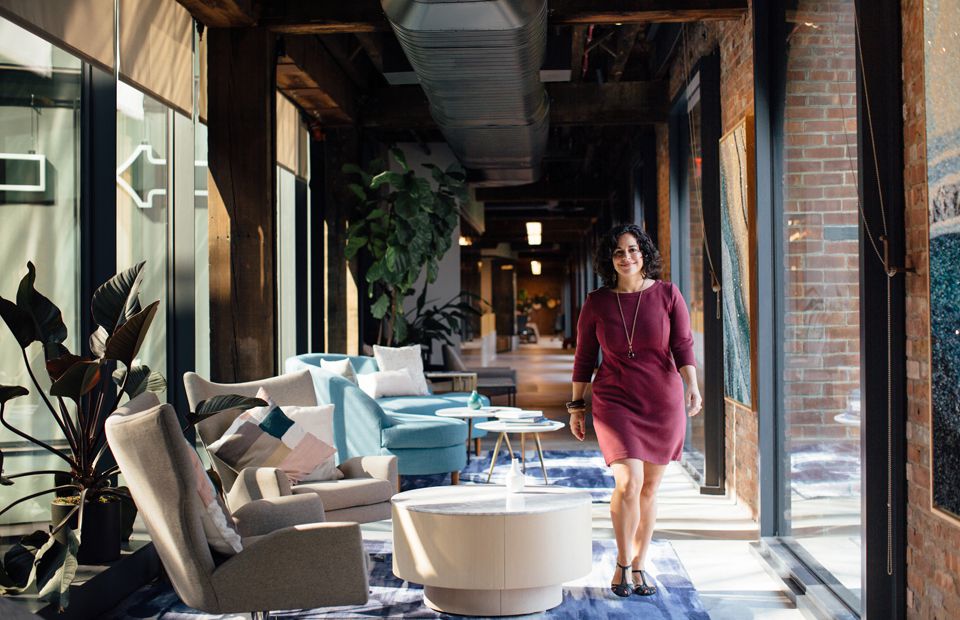
The one woman, living or dead, who you’d most like to have dinner with?
Eleanor Roosevelt
The piece of advice you’d give your 25-year-old self?
Keep on working hard, but make sure you relax and enjoy the ride.
What about your 30-year-old self?
Moments of professional angst and change are the first signs of new opportunity blooming.
The last book that changed your perspective?
Schumacher’s Small is Beautiful
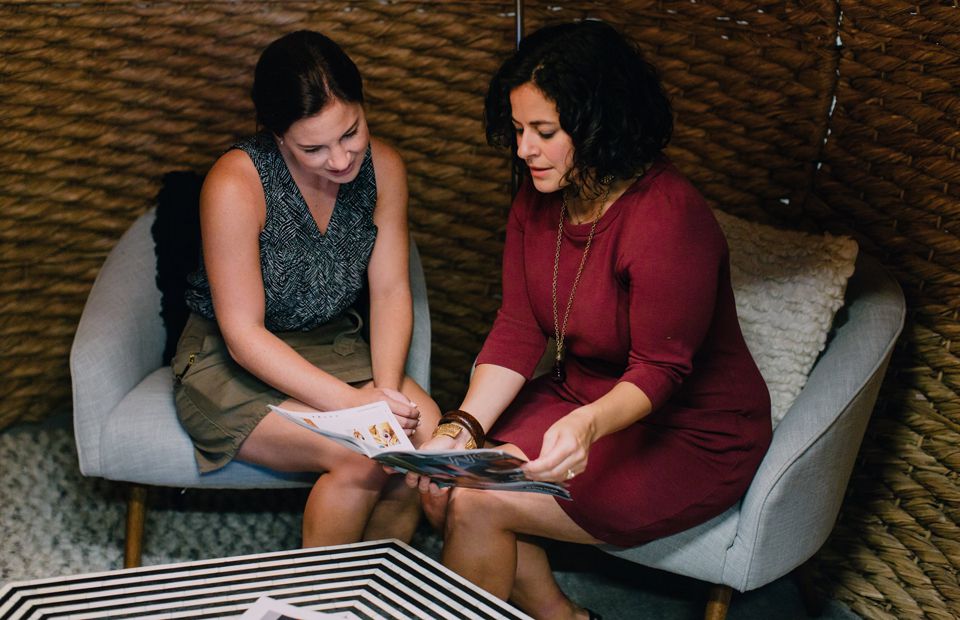
Best productivity hack?
Listen to a podcast instead of checking email in the morning, so you arrive to work refreshed and ready for the day.
Design wise—minimal or maximal?
Maximal
Favorite place you’ve traveled to/lived?
I love India for the richness and warmth of culture, the embrace of color and ornamentation, and the spectacular craft.
Best advice anyone ever gave you?
Sometimes you just have to relax, cede control, and see what the world brings you.
You May Also Like
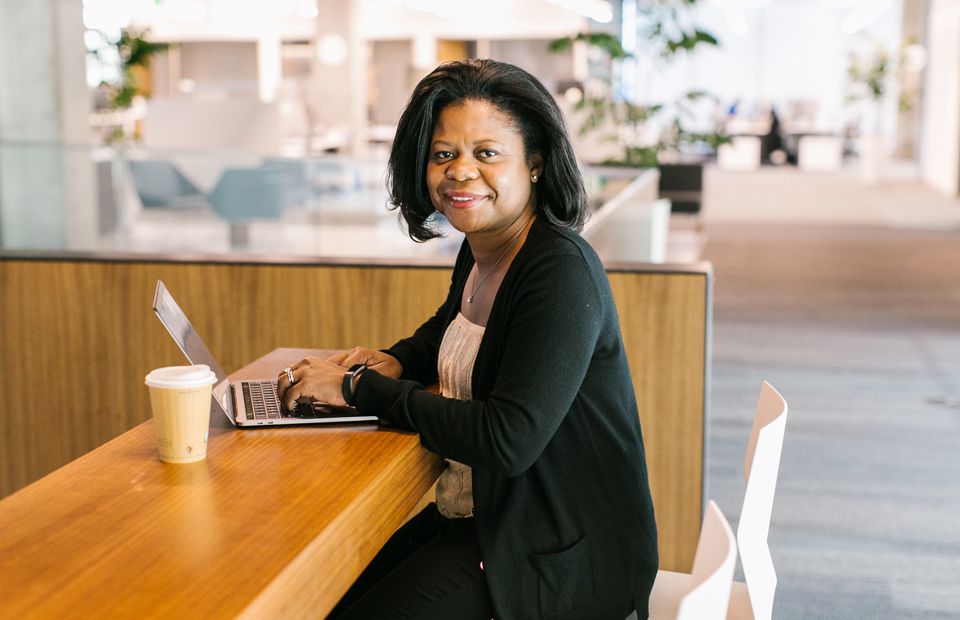
Consumer Services
An Executive at Intuit on How to 'Send the Elevator Back Down'
"What I often tell engineers—especially women engineers—is that it’s good to be excellent, but you’ve got to make sure it’s not a well-guarded secret."
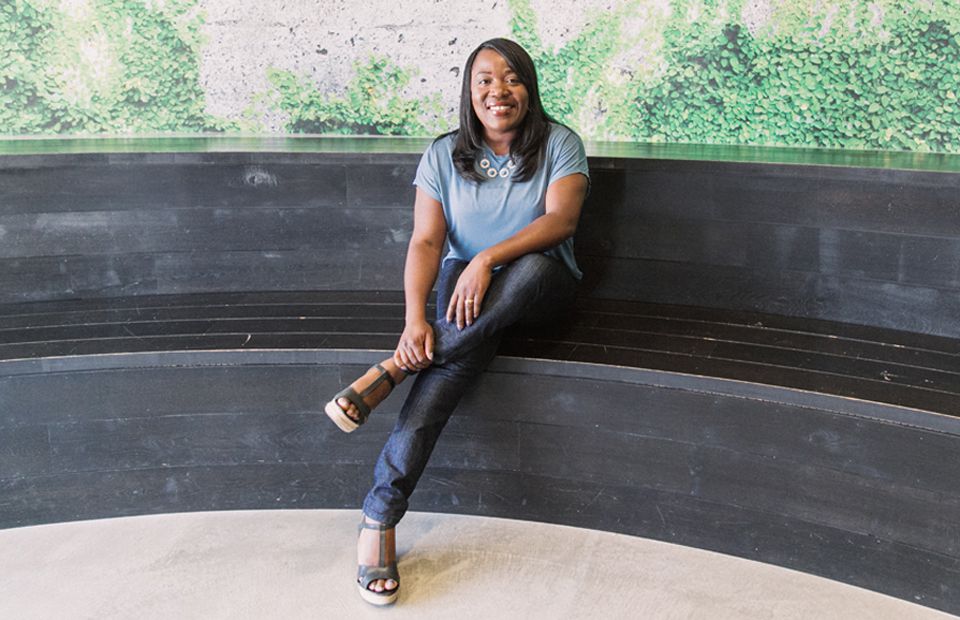
Consumer Services, Technology
A Top Lawyer Talks Leadership, Transparency, and a Music Empire's Goals for Diversity
As Chief Counsel at Pandora, Adelmise Warner has a few thoughts on leaning in.

Consumer Goods
Rising Tide Society's Founder on Why Not Everyone's Cut Out for Entrepreneurship
Natalie Franke on creative entrepreneurship and her journey with Rising Tide Society
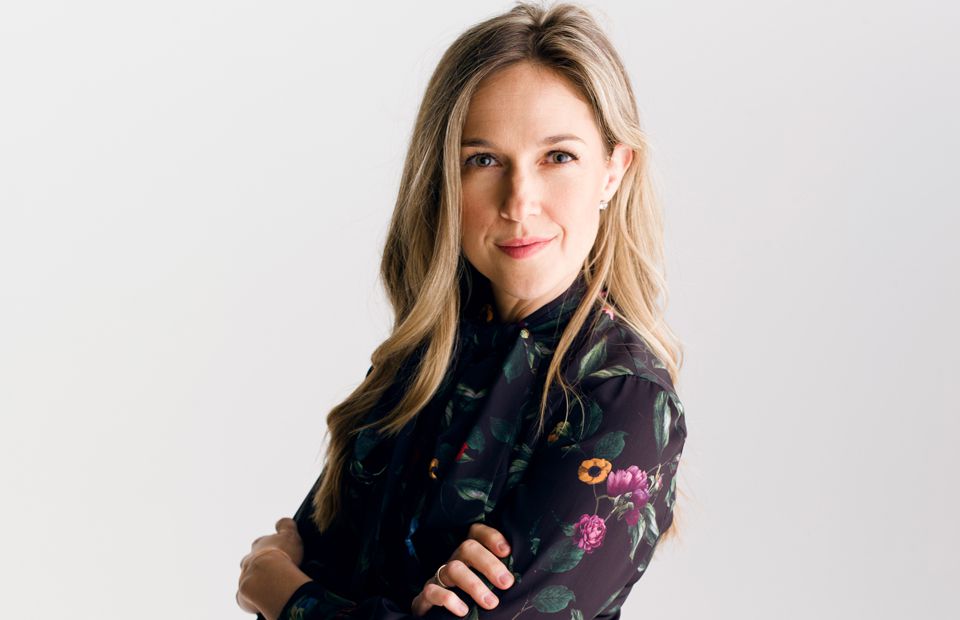
Consumer Services, Technology
Here's How a Female V.P. at a Tech Startup Faces the Gender Gap
Nikki Pechet on writing your own maternity leave policy and taking a job for joy, not money.
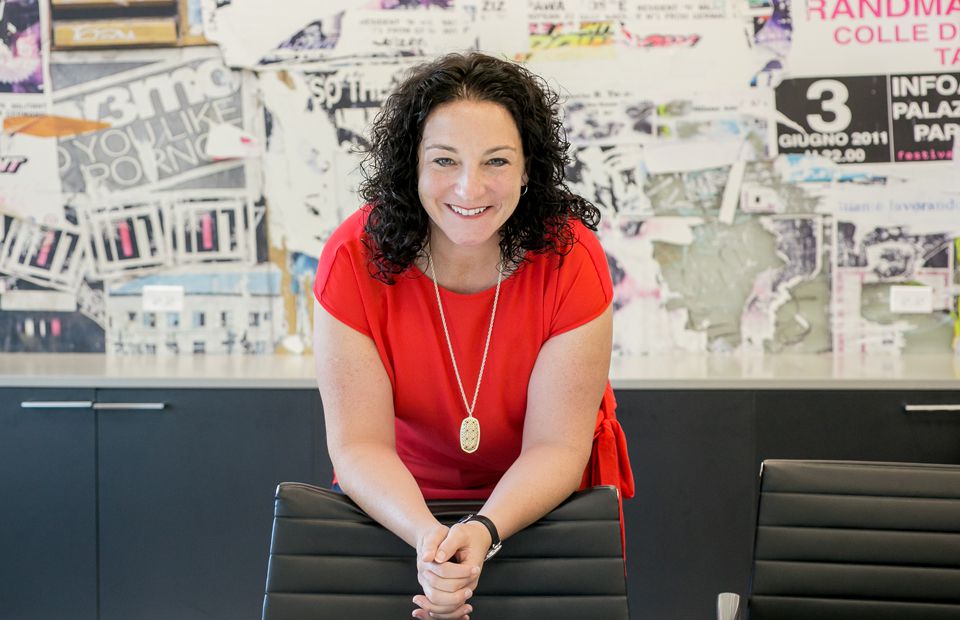
Consumer Goods, Technology
A Sales V.P. on What It's Like to Work at Pandora
Casey Forbes is living an audiophile's dream career.
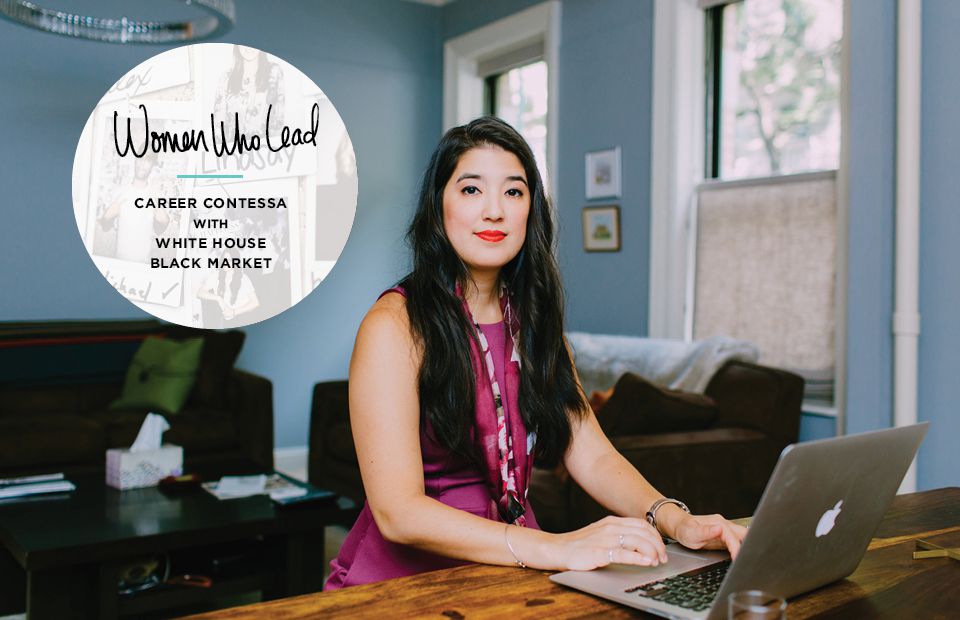
Consumer Services, Education, Finance
Women Who Lead: Alexandra Dickinson, Founder and CEO of Ask For It
On taking risks and asking for more—always.
Get the Best Career Advice Delivered To Your Inbox
Join our newsletter to stay in the loop.
